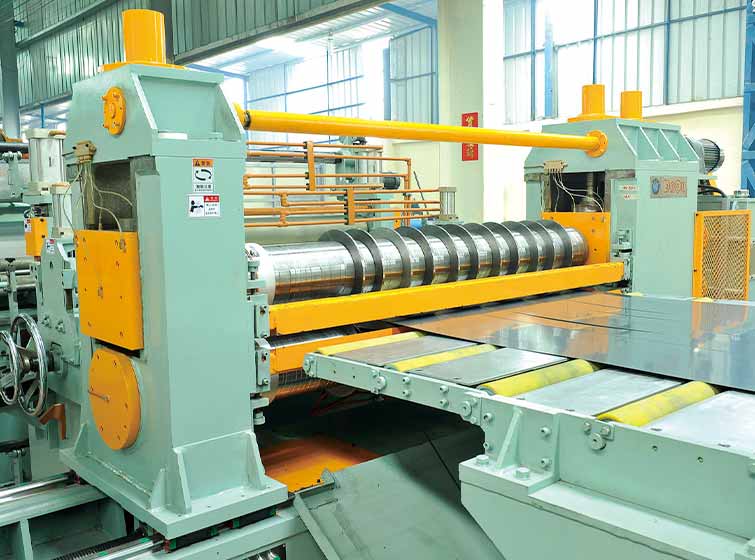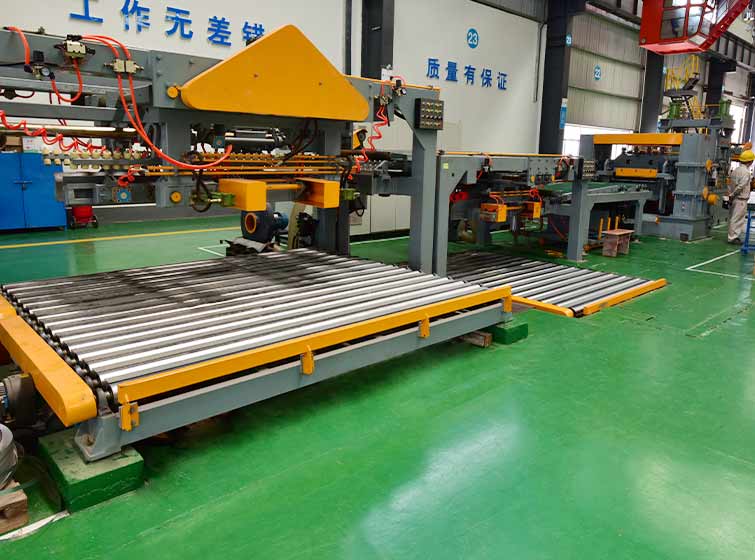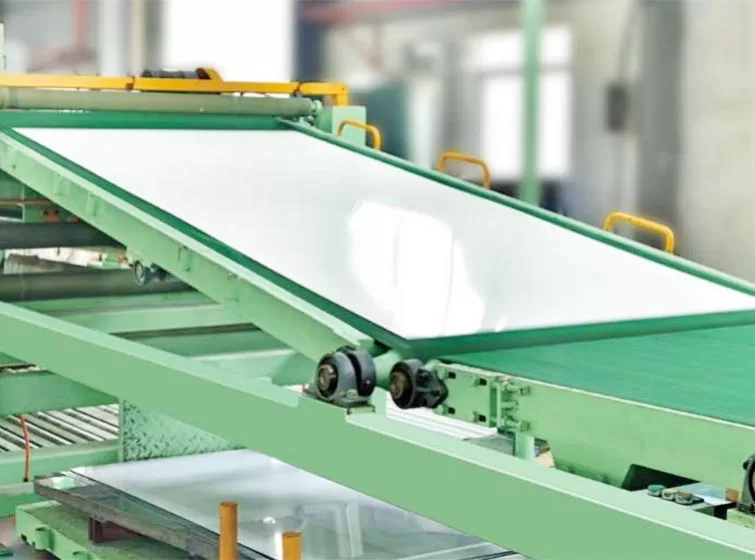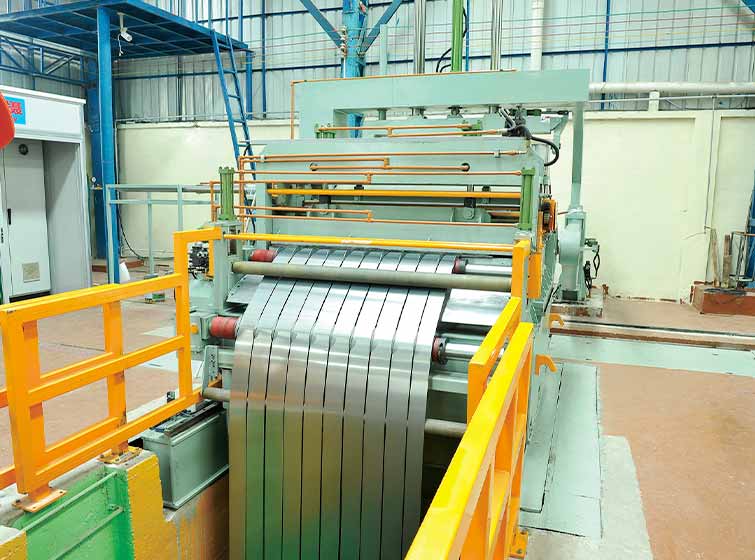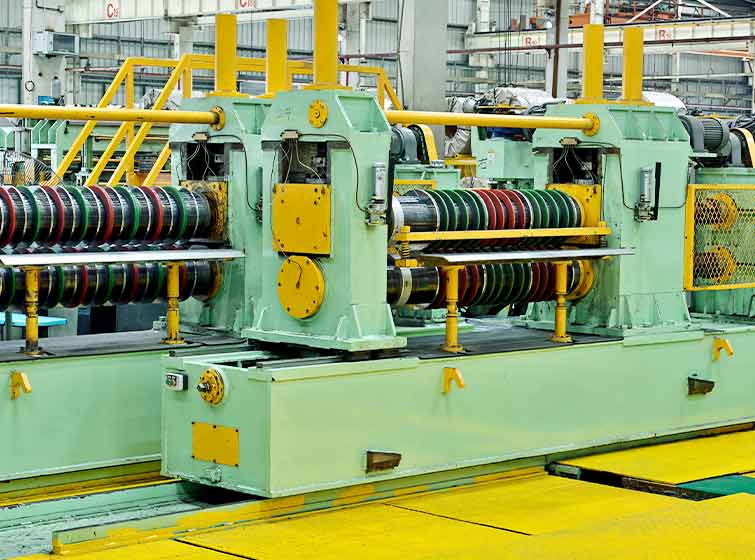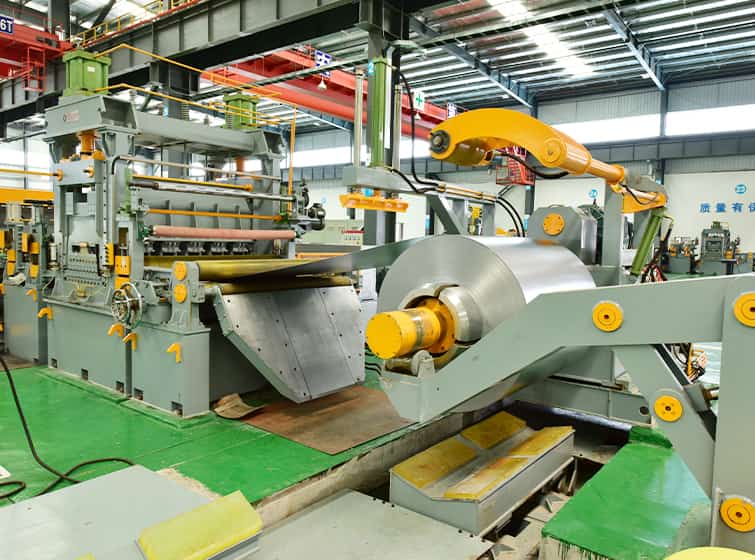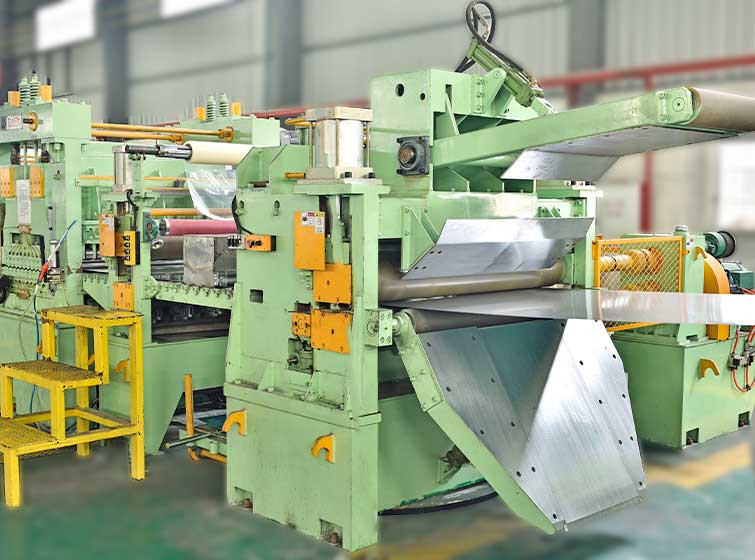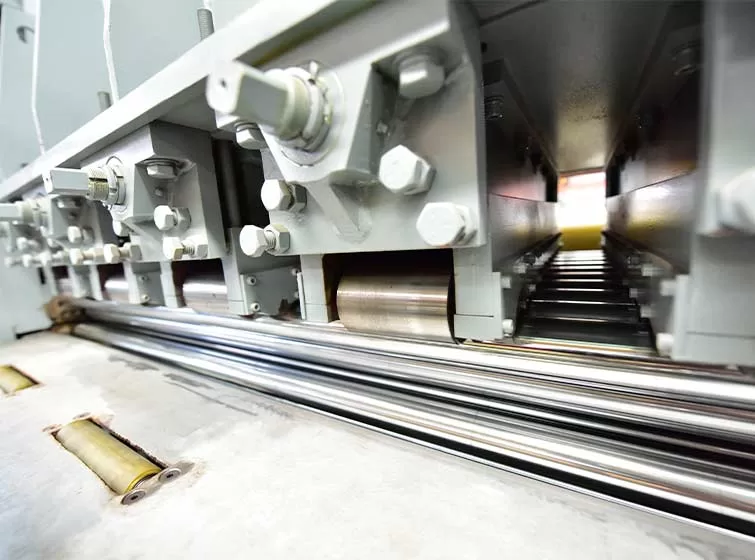Products
Troubleshooting Common Issues with Steel Coil Cut-to-Length Lines
Steel coil cut-to-length lines are essential equipment in the metalworking industry, responsible for efficiently cutting steel coils into precise lengths. However, like any complex machinery, these lines can encounter various issues that hinder their optimal performance. Troubleshooting these problems effectively requires a systematic approach and a thorough understanding of the line’s components. In this article, we will explore common issues with steel coil cut-to-length lines and provide practical troubleshooting tips.
Coil Loading and Unloading Issues
Coil not feeding properly: Check if the coil is securely loaded onto the uncoiler and if the tension is appropriate. Ensure that the coil is aligned correctly with the infeed guides.
Coil slipping on the uncoiler: Adjust the tension on the uncoiler reel to prevent slipping. Inspect the reel surface for any damage or debris that may interfere with friction.
Difficulty unloading cut blanks: Verify that the ejector mechanism is functioning properly and that there are no obstructions in the unloading path. Ensure that the conveyor system is operating smoothly.
Cut Accuracy and Quality Issues
Inaccurate cut lengths: Calibrate the measuring system and ensure that the encoder is accurately measuring the coil movement. Check for loose or damaged components in the measuring assembly.
Burred or uneven cuts: Inspect the cutting blades for damage or dullness. Adjust the cutting pressure or blade clearance to optimize cut quality. Ensure that the blade is securely mounted and aligned.
Coil deformation during cutting: Use appropriate coil support rollers to prevent excessive bending or distortion of the coil during the cutting process. Adjust the tension on the uncoiler and recoiler to maintain coil stability.
Mechanical Issues
Excessive vibration or noise: Check for loose bolts or bearings in the line’s components. Inspect the drive system for any misalignments or imbalances.
Oil or hydraulic leaks: Identify the source of the leak and tighten any loose fittings or replace damaged seals. Check the oil level and viscosity to ensure proper lubrication.
Jamming or binding: Inspect the moving parts of the line for any obstructions or damaged components. Check that the conveyor belts are tracking properly and that the guides are aligned correctly.
Electrical Issues
Power outages or voltage fluctuations: Ensure that the power supply is reliable and there are no interruptions or voltage drops. Check the electrical connections and isolate any faulty components.
Control system malfunctions: Inspect the programmable logic controller (PLC) for any errors or faults. Check the sensors and actuators to ensure proper communication and functionality.
Wiring problems: Trace any loose or damaged wires and replace them as necessary. Verify that all electrical connections are secure and follow the manufacturer’s specifications.
Safety Issues
Improper guarding: Ensure that all safety guards are in place and functioning properly. Check for any damaged or missing components and replace them immediately.
Pinch points: Identify any areas where hands or clothing could be caught and implement proper guarding measures.
Electrical hazards: Verify that all electrical components are properly insulated and grounded. Train operators on proper safety procedures and emergency response protocols.
